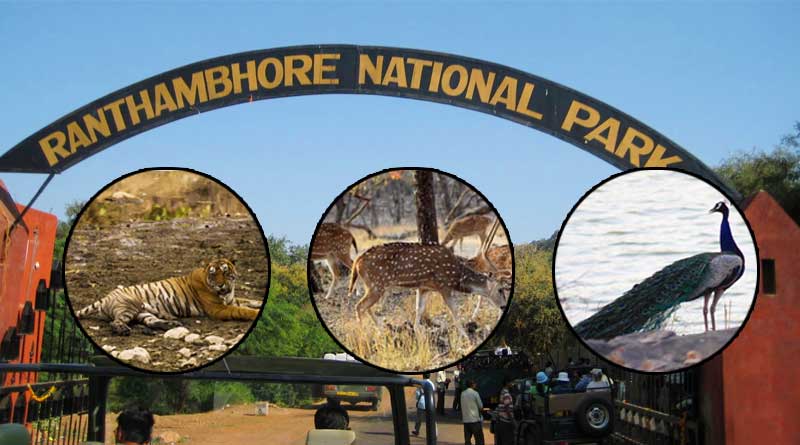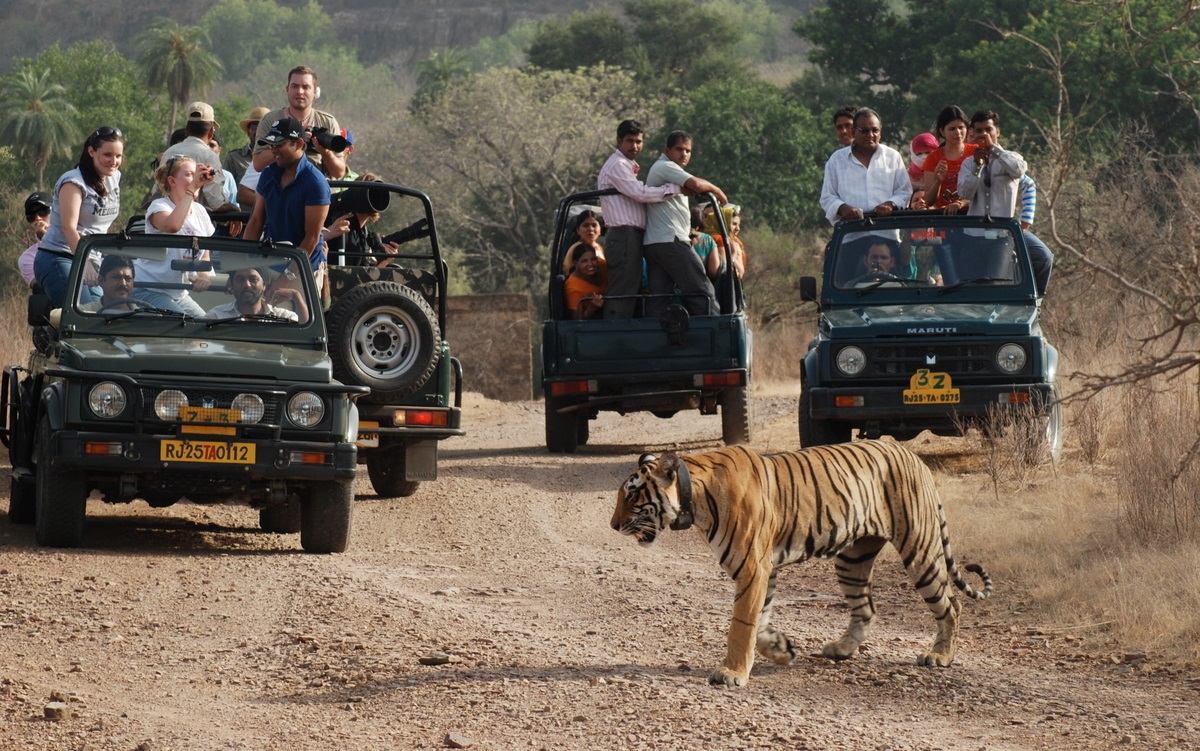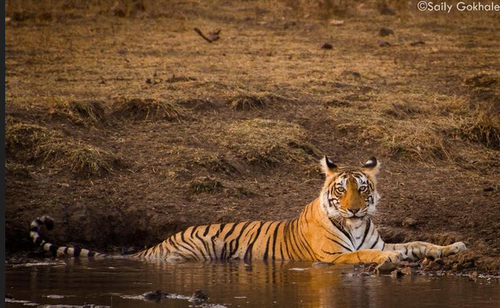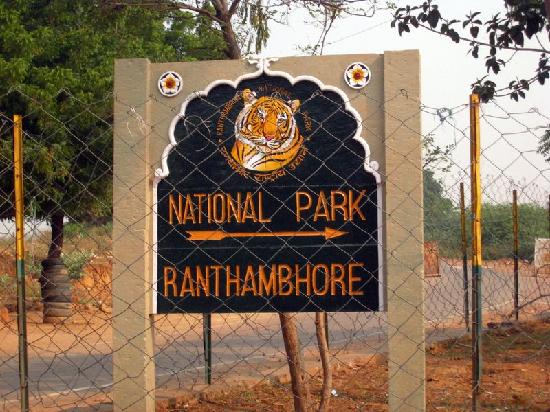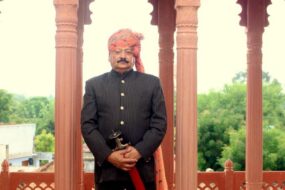Ranthambore National Park is one of the biggest and most renowned national park in Northern India. The park is located in the Sawai Madhopur district of southeastern Rajasthan, which is about 130 km from Jaipur. The town of Sawai Madhopur is the gateway to the national park with a thriving biodiversity set among ancient religious structures, several man-made lakes and aesthetically-crumbling cenotaphs. It’s 10km from Sawai Madhopur (the gateway town for Ranthambhore) to the first gate of the park, and another 3km to the main gate and Ranthambhore Fort.
Being considered as one of the famous and former hunting grounds of the Maharajas of Jaipur, today the Ranthambore National Park terrain is a major wildlife tourist attraction spot that has pulled the attention of many wildlife photographers and lovers in this destination.
Deriving its name from the pictorial fort inside, the Ranthambore National Park is one of India’s most renowned national parks. Located where the Aravali Range and plateau of the Vindhyas meet, The national park is also considered a prominent heritage site due to the ancient ruins found inside.
Ranthambore National park is spread over an area of 392 sq km. along with its nearby sanctuaries like – the Mansingh Sanctuary and the Kaila Devi Sanctuary. The park is majorly famous for its tigers and is one of the best locations in India to see the majestic predators in its natural habitat. The Tigers can be easily spotted even during the daytime busy at their ordinary quest- hunting and taking proper care of their young ones.
A visit to Ranthambore National Park is a treat for every wildlife and nature lover. You are bound to be enthralled to watch the splendid tiger roam about in its natural habitat, in the wild! Alternating between dry deciduous forests and swathes of grasslands, the Ranthambore National Park is recognised as one of the best places in the country to spot tigers. The time spends on watching tigers roaming around, verdant greenery, a gamut of other species of chirpy birds and animals is priceless and worth enough to be explored at least once in a life. Today, sprawling across a little more than 1300 square kilometres including core and buffer area, the Ranthambore National Park is every wildlife enthusiast, photographer and a spirited traveller’s haven.
Note: Ranthambore National Park is closed during the monsoon season “July 1 to Sept 30” (3 Month) every year
